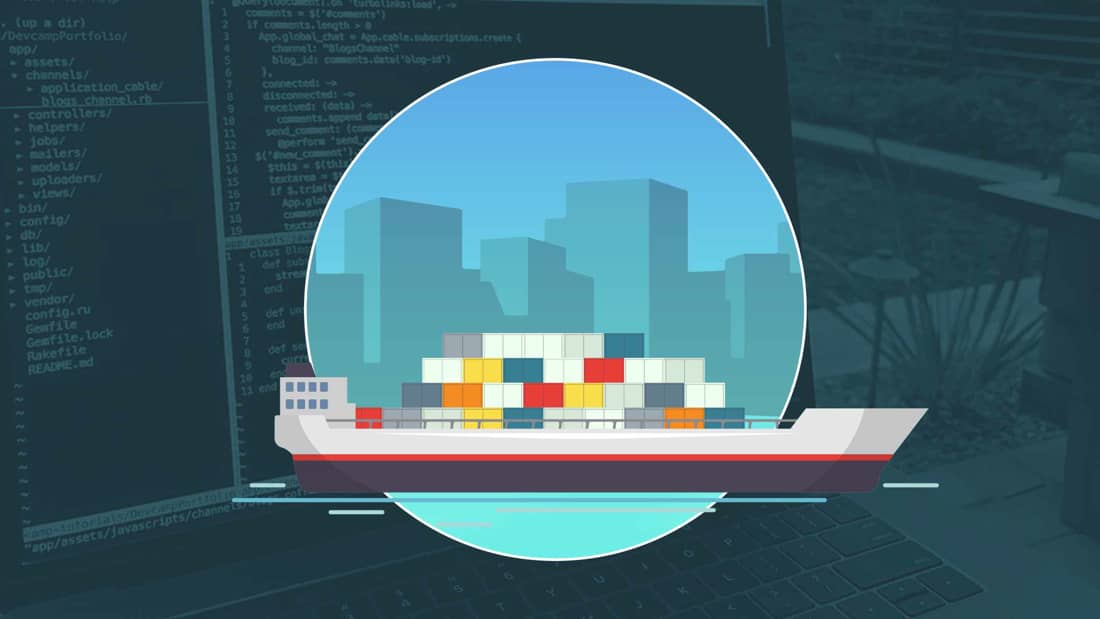Projects in Docker
Apps are no longer built and deployed the same way they were used to. In the world of DevOps, where Developers and Operators work together to create, test and deploy apps in the fastest and the most e...
- All levels
- English

Course Description
Apps are no longer built and deployed the same way they were used to. In the world of DevOps, where Developers and Operators work together to create, test and deploy apps in the fastest and the most efficient way, Docker plays a very important role. Docker is a brilliant containerization software, which helps breaks down apps and their environments into small segments that can be stored and dep...
Apps are no longer built and deployed the same way they were used to. In the world of DevOps, where Developers and Operators work together to create, test and deploy apps in the fastest and the most efficient way, Docker plays a very important role.
Docker is a brilliant containerization software, which helps breaks down apps and their environments into small segments that can be stored and deployed with ease. Containerization allows multiple containers (apps + environment + system files) to work seamlessly on one virtual machine without having to share all the resources. This allows us to run several applications in the same virtual machine, where each will behave exactly as if it has its own operation system, memory, CPU, storage and other resources.
Docker is an amazing containerization tool that works on multiple platforms including Linux and even Windows. Their best feature is Docker Swarm, which allows you to divide your application into small, atomic components, each running on one or more containers. The Swarm engine will orchestrate load balancing, revive crashed containers, and coordinate with other Docker hosts.
See more See lessWhat you’ll learn
- Detailed introduction into Docker
- Docker basics and core concepts
- A blog web application using the MEAN Stack – MongoDB, ExpressJS, AngularJS and NodeJS.
- Building a Docker container on one host
- Creating a Docker Swarm to achieve high availability
- Make use of Docker Swarm to join multiple Docker hosts to the cluster
- How to use Ansible to automate Swarm section
Curriculum
Frequently Asked Questions
This course includes
- Lectures 29
- Duration 4 Hour
- Language English
- Certificate No





